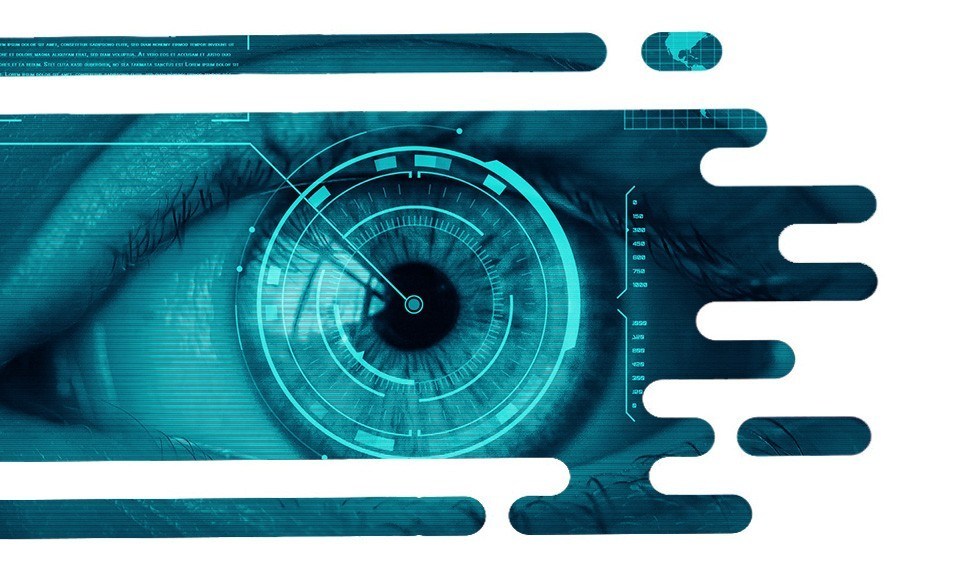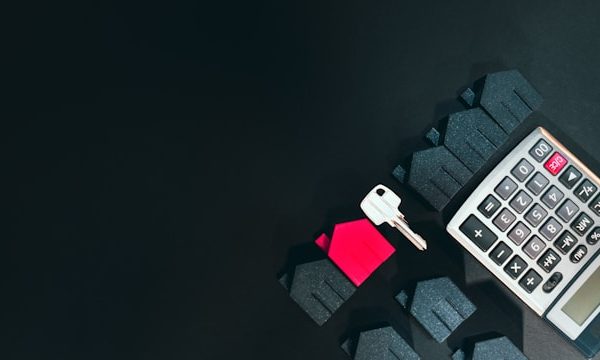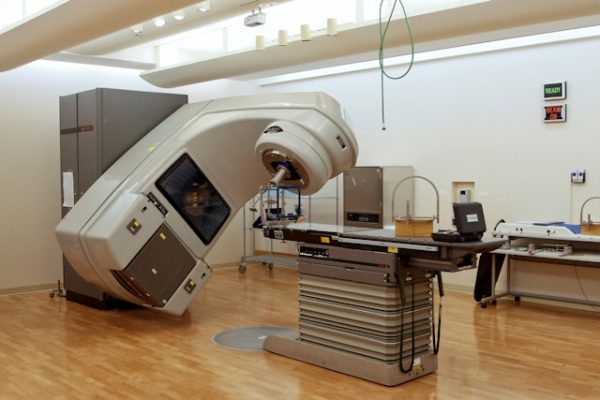Biometrics, the measurement and analysis of unique physical or behavioral characteristics, has revolutionized security systems. From unlocking smartphones to protecting sensitive data, biometric technologies offer a robust alternative to traditional methods like passwords and PINs. This article explores and compares various biometric technologies used in security systems, evaluating their strengths, weaknesses, and applications.
Fingerprint Scanning
One of the most widely adopted biometric technologies, fingerprint scanning analyzes the unique ridges and valleys on a fingertip. Small sensors capture the fingerprint image, which is then converted into a digital template and compared against stored data.
- High accuracy and reliability.
- Relatively low cost and ease of implementation.
- User familiarity and acceptance.
- Susceptible to spoofing with high-quality fakes.
- Can be affected by cuts, burns, or dry skin.
- Privacy concerns related to storing fingerprint data.
- Smartphone unlocking.
- Time and attendance tracking.
- Access control to buildings and secure areas.
Facial Recognition
Facial recognition systems analyze facial features like the distance between eyes, nose shape, and jawline to identify individuals. Advanced systems utilize 3D mapping and infrared technology for increased accuracy.
- Contactless and convenient.
- Can be used for surveillance and identification in crowds.
- Improving accuracy with advancements in AI and machine learning.
- Vulnerable to changes in lighting, facial expressions, and aging.
- Raises significant privacy concerns, especially in public spaces.
- Potential for bias based on race and gender.
- Device unlocking.
- Law enforcement and security surveillance.
- Personalized marketing and advertising.
Iris Scanning
Iris scanning captures the intricate patterns in the colored part of the eye. It’s considered one of the most accurate biometric methods due to the unique and stable nature of iris patterns.
- Extremely high accuracy and resistance to spoofing.
- Stable over time, unaffected by aging or contact lenses.
- Suitable for high-security applications.
- Requires specialized and relatively expensive equipment.
- Can be challenging to capture clear iris images in certain conditions.
- User perception of invasiveness.
- Border control and identity verification.
- Access control to highly secure facilities.
- Government and military applications.
Voice Recognition
Voice recognition systems analyze unique vocal characteristics like pitch, tone, and cadence. These systems can be used for authentication or to identify speakers in recordings.
Advantages:
- Convenient and can be integrated with existing phone systems.
- Can be used remotely for authentication.
- Potential for use in hands-free environments.
Disadvantages:
- Accuracy can be affected by background noise, illness, or emotional state.
- Vulnerable to recordings and voice imitation.
- Privacy concerns related to storing voice data.
Applications:
- Voice assistants and smart home devices.
- Phone banking and customer service authentication.
- Forensic analysis and speaker identification.

Comparing Biometric Technologies
Each biometric technology has its own strengths and weaknesses, making it suitable for different applications. Fingerprint scanning offers a balance of cost, accuracy, and user acceptance, while iris scanning excels in high-security environments. Facial recognition is gaining traction in surveillance and access control, but privacy concerns remain a significant challenge. Voice recognition is convenient for remote authentication but is susceptible to environmental factors and spoofing.
The Future of Biometric Security
The field of biometrics is constantly evolving, with ongoing research and development focused on improving accuracy, usability, and security. Multi-modal biometric systems, which combine multiple biometric modalities, are gaining popularity for enhanced security. As technology advances, biometric security systems will likely become even more integrated into our daily lives, offering seamless and secure authentication for a wide range of applications.




